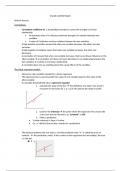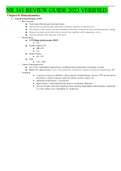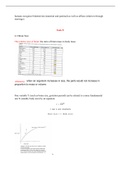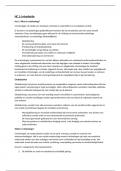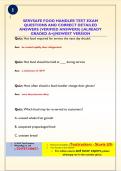Samenvatting
Full summary ARMS (lectures, seminars, grasple)
This document provides a complete overview of all the content for the ARMS course, including lecture notes, ground school lessons, and seminars. Everything is conveniently compiled into a single document!
[Meer zien]
